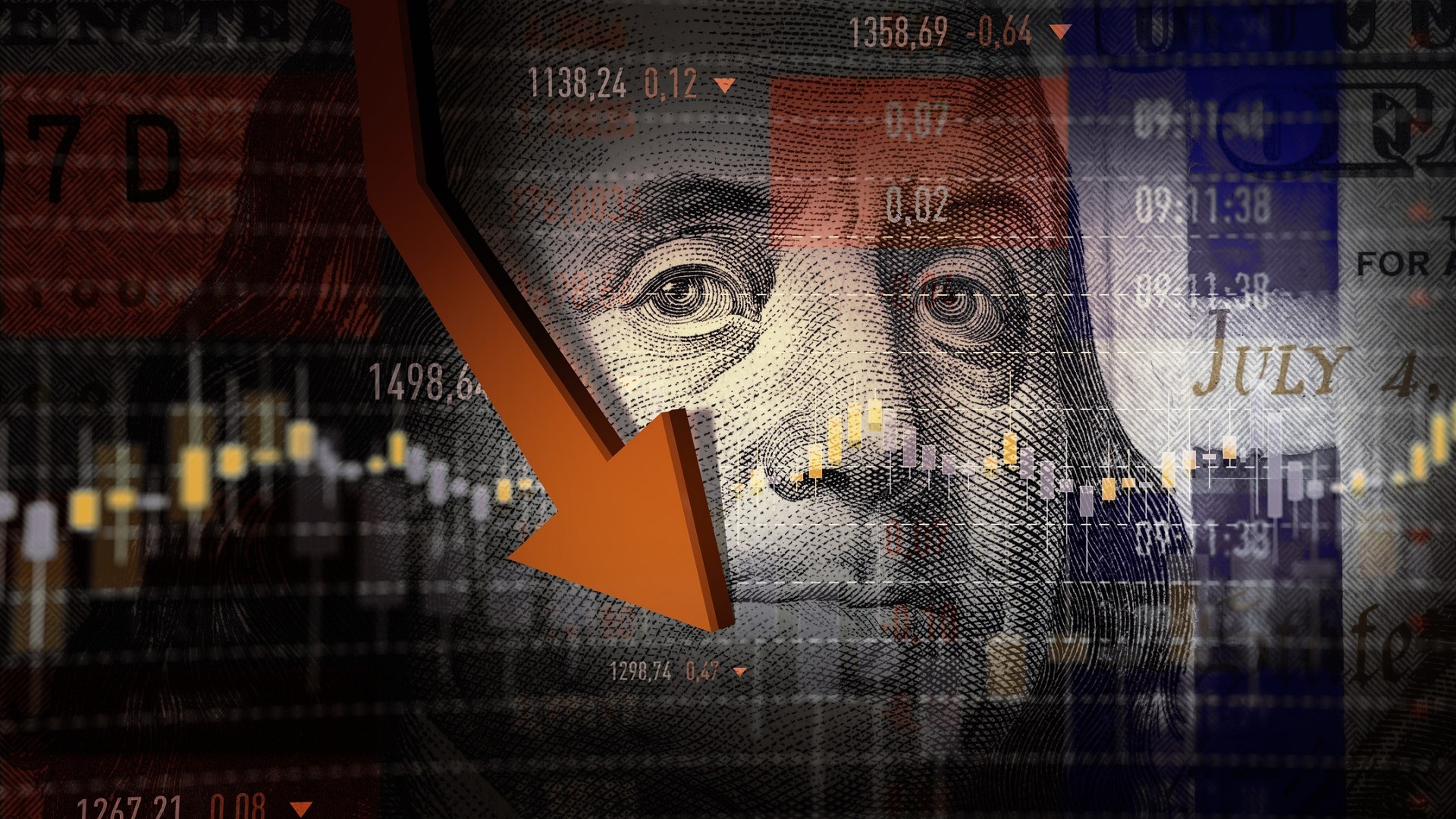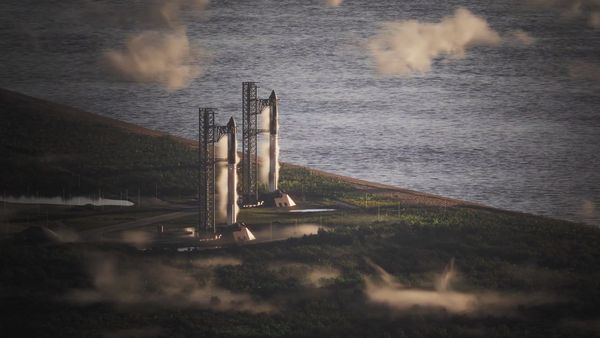
Since Trump’s “Liberation Day” back on April 2, when he announced sweeping tariffs, inflation has remained in check. But the recent release of the consumer price index (CPI) for June showed a rise of 2.9% year over year.
Read More: I Asked ChatGPT What the Point of Trump’s Tariffs Are: Here’s What It Said
Learn More: 5 Types of Cars Retirees Should Stay Away From Buying
That has people wondering whether Trump’s tariff policy is finally showing itself in the form of higher prices and inflation. And if so, does all this mean a recession is in our near future? Here are three decisive factors and what economists think they show.
Also see key indicators of a recession and what it means for you.
Tariffs
There have been many machinations in the past several months of threatened tariffs, imposed tariffs, deadlines and extended deadlines. But, as of August 7, per CNBC, there is a blanket tariff on all countries of 10%; a 30% tariff on Chinese goods; a 25% tariff on all Mexican imports, with some exceptions; and a 35% tariff on Canadian imports, again with some exceptions. There’s also a 25% tariff on all automobiles, except U.S.-made ones, as well as many other tariffs.
But are tariffs inflationary? The simple answer is yes. They are a tax a business must pay to import a good, said Raymond Sfeir, Ph.D., economics professor and director of the Anderson Center for Economic Research at Chapman University. And while it might not be the full amount, usually companies pass a significant portion of that tax onto the consumer in the form of higher prices, he said. In addition, similar goods produced in America will also increase due to the laws of markets.
And our current situation has an added wrinkle, according to Rebecca Homkes, Ph.D., economist and lecturer at London Business School. It’s the way the tariff policy has been executed. “The bigger impact on economic activity is not the tariff level, it is the tariff uncertainty. Markets hate bad news, but they hate uncertainty more,” she said.
When businesses can’t plan, she said, often they slow spending, curtail hiring and pull back on investing. This can lead to a “doom loop” — one that consumers can fall victim to as well. When this happens, it can spiral into a slowdown.
Check Out: Trump Isn’t Ruling Out a Recession This Year — What Could That Mean for Your Wallet?
Inflation
There were many factors that led to Trump’s victory last November, but it’s inarguable that high inflation during the Biden era was one of the top ones. However, one of his signature policies could be inflationary.
So, many say, where are the higher prices? Just wait, say many economists. They argue that it takes time for tariffs to filter through the system and be passed onto consumers. In the past months, many businesses have been selling goods they imported before tariffs kicked in. But many economists say inflation will be seen in the July and August numbers, Reuters reported.
That could spell trouble, according to Sfeir. “As prices increase, consumers’ income is stretched thin, that is, consumers will purchase fewer goods as each dollar buys less. This decrease in consumption may lead to a slowdown,” he said.
Further, if other countries impose retaliatory tariffs on the U.S., exports could decrease and unemployment could rise. That would worsen any slowdown.
The Fed
Federal Reserve Chair Jerome Powell has been clear in his assessment of the current economic situation, which he sees as one of uncertainty over whether Trump’s economic policy will be inflationary. He and his peers are taking a wait-and-see approach when it comes to any action, despite Trump’s continued pressure on them to lower rates.
Both Homkes and Sfeir believe Powell is doing the right thing here. If inflation kicked in and the Fed slashed rates, it would only add fuel to the fire, as rate cuts are used to stimulate the economy and can be inflationary.
Homkes anticipates more “wait and see” from the Fed, with one or two cuts possible later in the year if inflation stays in check. “That said, if any level of tariffs go through at their extreme, and inflation becomes a reality versus a threat, we may be back in a rate-hiking scenario later this year,” she added.
Bottom line: The chances of a recession are real, but because of the chaotic tariff policy, no one knows how real. That’s reflected in J.P. Morgan’s fluctuating assessment. Shortly after the Liberation Day tariff announcement, it set the chance of a recession at 60%; in late May, it lowered the chance to 40%. Only one thing is 100% certain: We are in a time of economic uncertainty.
Editor’s note on political coverage: GOBankingRates is nonpartisan and strives to cover all aspects of the economy objectively and present balanced reports on politically focused finance stories. You can find more coverage of this topic on GOBankingRates.com.
More From GOBankingRates
- 6 Costco Products That Have the Most Customer Complaints
- 5 Ways Trump Signing the GENIUS Act Could Impact Retirees
- 6 Hybrid Vehicles To Stay Away From in Retirement
- 10 Cars That Outlast the Average Vehicle
This article originally appeared on GOBankingRates.com: Ask an Economist: Between Inflation and Tariffs, Is America Headed for an Economic Downturn?







